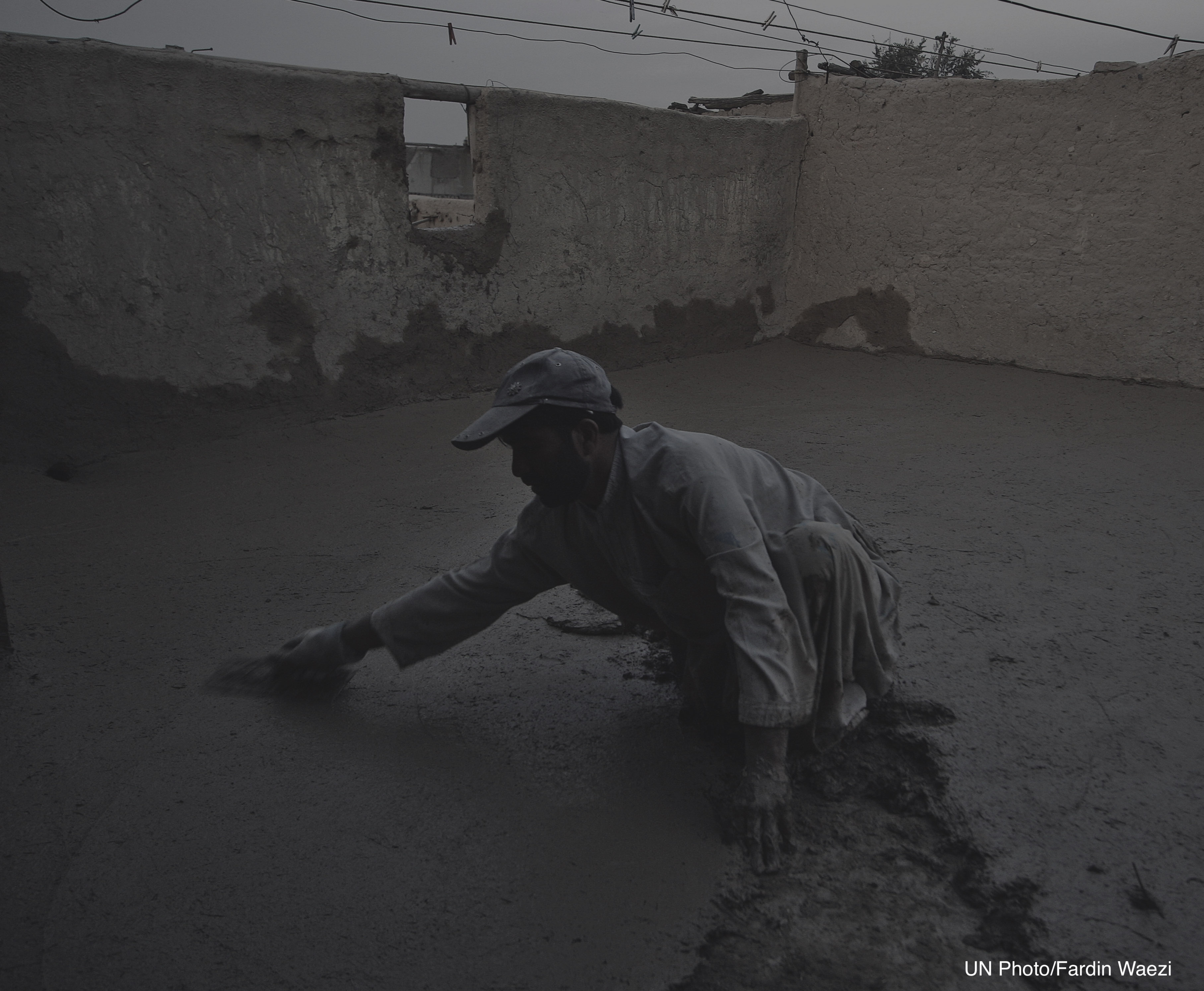UNDP Jordan piloted the use of a micro-narratives approach for evaluating its livelihoods programme which has a PVE objective.
The micro-narratives methodology involves project beneficiaries in interpreting their own stories for quantitative analysis,
plotting responses on a series of data points on triads (triangles) and dyads (ranges).
The research involved a series of questions, such as: “What was a recent interaction you had, either positive or negative, with local authorities?”;
the interviewee might be presented with a triad with one trait at each vertex (i.e. ‘discriminatory,’ ‘helpful,’ ‘incompetent’)
and then be asked to pinpoint where on the triad the local authority in the micro-narrative is situated.
After conducting all interviews with respondents, the method can produce quantitative representation of community attitudes and
behaviours. Conducted repeatedly over time, these can demonstrate shifts in community attitudes and behaviours.
The benefits of self-analysis by respondents help to reduce interpretation bias on the part of the researcher.
However, micro-narratives is a new tool within this context, and needs further refinement to ensure it is an appropriate and useful tool for assessing PVE outcomes.
During implementation, analyses from the data from the micro-narrative approach was found to raise more questions. The data gave
useful information on beneficiaries' perceptions of their situation and relationships, however, it did not explicitly deal with assumptions
in the ToC related to the PVE context. Options for addressing these gaps could include the following:
- Based on the data collected and implementation so far, review the programme ToC to make assumptions around PVE explicit and evidence
these assumptions with available data. Carry out additional targeted PVE context analysis if required. If feasible, use this review process
as part of a mid-term review to adapt programme to more explicitly contribute to PVE objectives.
- 'Check out' data gaps through additional consultation with beneficiaries, partners and experts to help contextualise data received and guide areas for further investigation.
- Identify and test specific hypotheses related to PVE in the context (such as the relationship between unemployment and vulnerability) with
additional data collection. Use data collection methods (such as additional focus group discussions, interview or surveys), and
triangulate these data with micro-narratives data collected previously.
- Consider gaps and untested assumptions in programme evaluation design and include these in the evaluation TOR and methodology.
Source: J. Kurtz, B. Tesfaye and R. J. Wolfe, Can economic interventions reduce violence? Impacts of vocational training and
cash transfers on youth support for political violence in Afghanistan, Washington DC: Mercy Corps, 2018.










